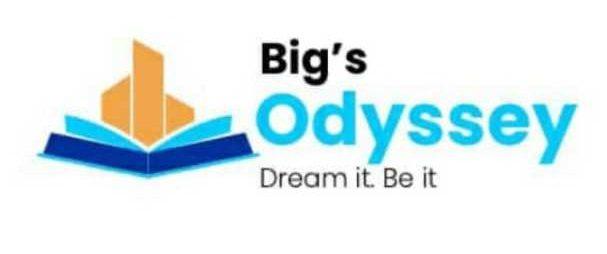Benefits of Spotting and Bridging Knowledge Gaps in the Workplace
Spotting and bridging knowledge gaps in the workplace improves productivity.
Every organisation need to prepare itself and it’s employees for change and advancement.
As organisations experience advancement in operations and structures, there is need to improve the knowledge capacity of workers to complement new trends.
Why Knowledge Gaps Exists
Knowledge gaps exists due to changes in employees duties and organisational advancement in technology and strategies.
Also, by oversight or faulty procedures, organisations have inducted or keeps inducting employees that lack the current or future skills needed to pursue its growth.
Spotting and bridging Knowledge Gaps with KG Analysis
Spotting and bridging knowledge gaps in the workplace can be carried out with a Knowledge Gaps Analysis (KG Analysis).
Knowledge Gaps Analysis creates a sustainable spot-and-bridge approach to knowledge gaps in the workplace.
Organisations experiencing poor employee performances need to carry out a knowledge gap analysis.
Furthermore, organisations experiencing difficulties in reaching its goals need to carry out a knowledge gap analysis.
Knowledge Gaps Analysis Process
This analysis can be done by managers/external professional consultants.
For an objective approach, to save time and to achieve expected results, external professional consultancy can be employed.
After a thorough analysis, employee training/mentoring programs can be organised to address knowledge gaps.
Also, a structured hiring process can be created to automatically spots and bridge any existing knowledge gaps.
Get a Quote to spot and bridge Knowledge gaps in your organisation.
For professional consultancy, staff and institution building, you can contact Big’s Odyssey Consults today.

